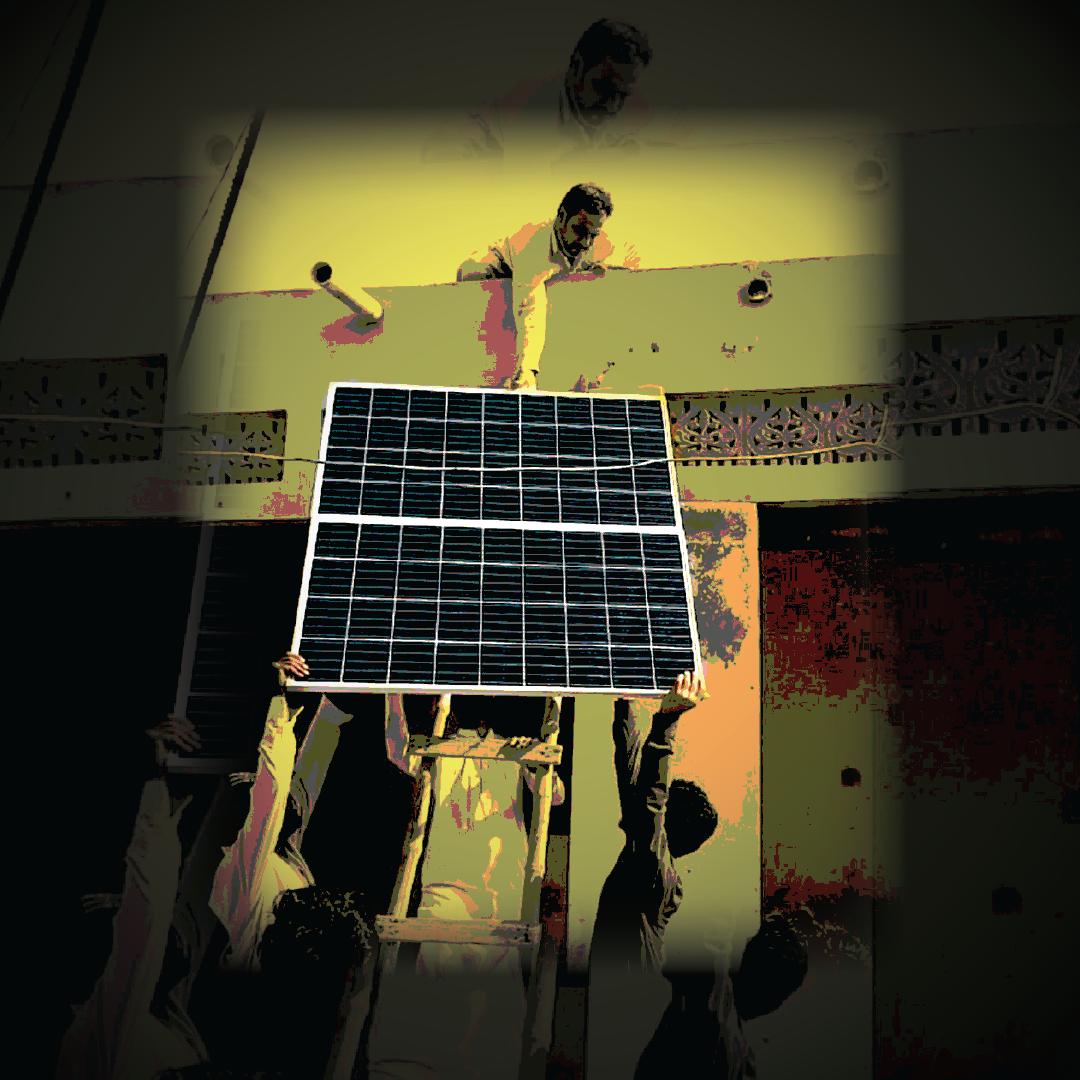Solar panels are the best alternative energy source, whose usage is increasing day by day. However, it is hard for the residents of densely populated and multi-storey buildings to avail this technology. They have no other option but to use expensive electricity.
Muhammad Imran resides on the second floor of an old four-storey building in the Mochi Gate area of Lahore. He has been living with his family in a portion that has three rooms and one verandah for the last 25 years. His parents live downstairs while his two brothers live on the upper two storeys.
Like other citizens, Imran is also concerned about the high electricity cost. He wants to install solar panels on the roof to shift to solar energy but there is no space for the solar panels.
“One of my brothers has installed a big pigeon cage on the roof. Moreover, there is no direct sunlight on the rooftop because of the tall buildings around. So we can’t install solar panels, hence no alternative energy source.”
Syed Baqir Hussain, a resident of the Walled City, also cannot install a solar system in his house despite his desire. He has a small house and in summers, all members of the family sleep on the rooftop, having a washroom on one side and a kitchen on the other.
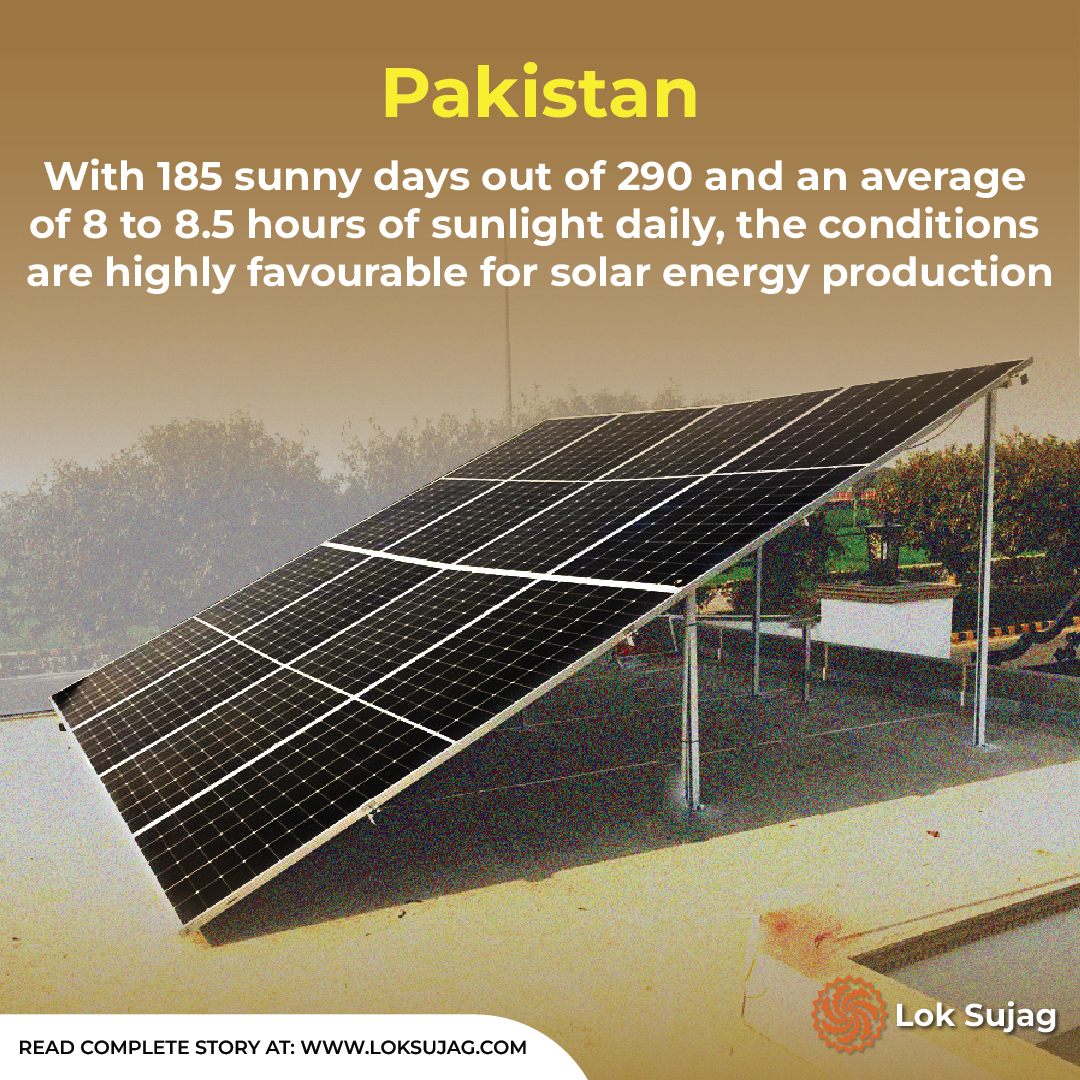
“Our rooftop does not have enough space to install solar panels. Because our houses are surrounded by multi-storey plazas and buildings and there is no direct sunlight here.”
The results of the ‘Gallup & Gilani Pakistan’ survey conducted in August 2023 indicate that one in every five Pakistani families have installed solar panels at their homes. The survey was based on asking this question from 929 adult Pakistani men and women: “Have you installed solar panels at your home, even if they are small?”
In response, 20pc said 'yes' and 79pc said 'no' whereas one percent expressed ignorance or did not answer.
Experts consider it crucial to install solar panels at a suitable place to get solar electricity.
According to Ramzan Ashraf, the senior system installer of energy company 'Solarmet', while installing a solar panel, the first thing to see is whether the solar panel would get direct sunlight. In addition, the weight of the solar panels, protection from strong winds, and surrounding buildings or trees are taken into consideration.
According to him, a solar system, irrespective of its cost, is of no use if it doesn't receive direct sunlight.
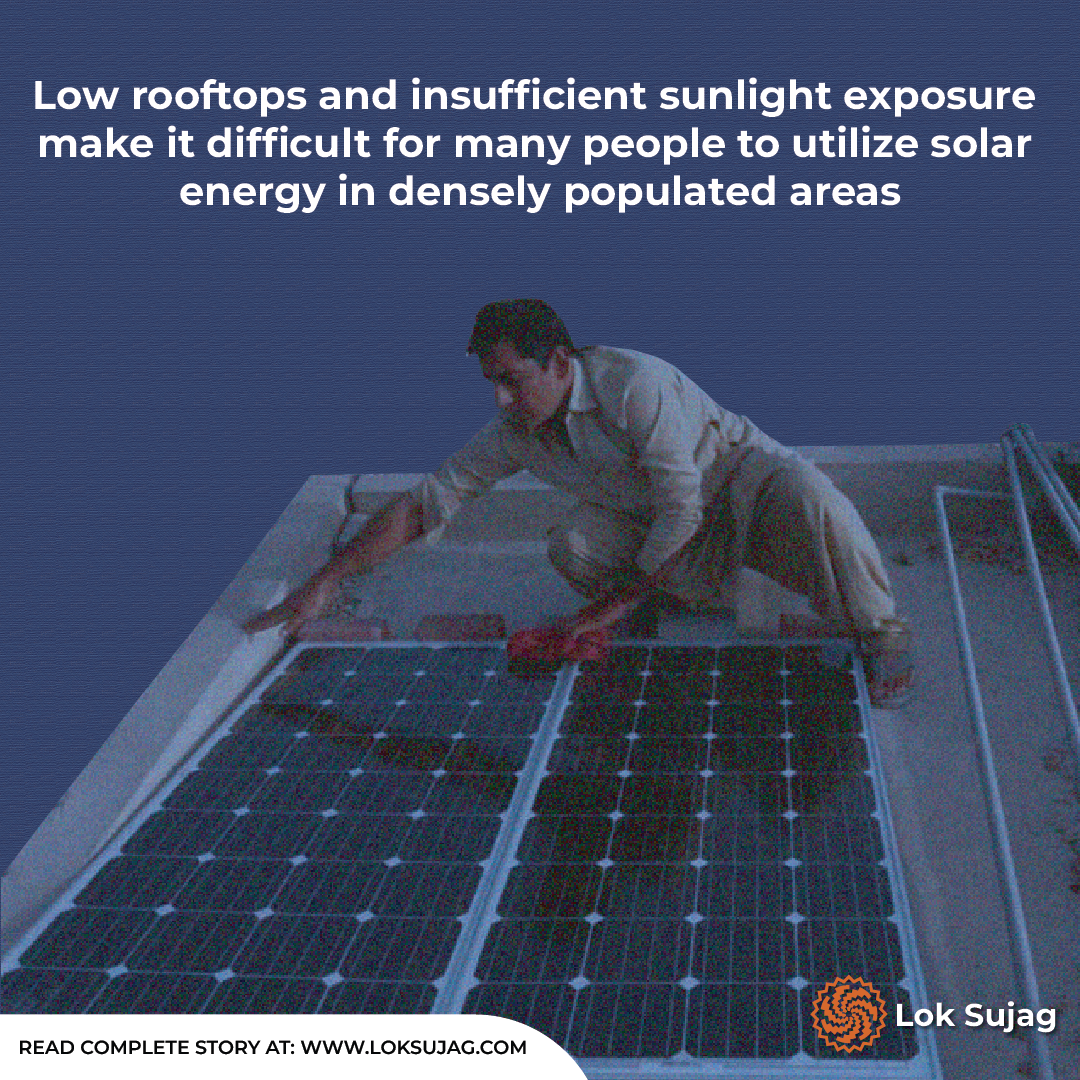
“In densely populated areas, the rooftops are small and they do not get sunlight. In some areas, electric wires are passing near the roof, posing a threat to the solar system as well as the house.”
Hidayatullah Khan lives in Katchi Abadi (Khan Colony), adjacent to Gulberg, Lahore. He has rented the ground floor of the two-storey house while the landlord lives at the upper storey. According to him, the landlord is not allowing him to install solar panels on the rooftop of the house; otherwise, he would have gone for it long ago.
Environmentalist Dr Salman Tariq explains that solar energy does not cause pollution. Solar panels convert sunlight directly through photovoltaic cells or indirectly into electricity. Hence, adopting solar energy can help Pakistan combat highly alarming air pollution, especially in Lahore.
According to the Alternative Energy Development Board’s report, Pakistan's geographical location is very useful for obtaining solar energy.
There are 185 to 290 sunny days annually with an average of eight to eight-and-a-half hours of sunshine per day, which is ideal for producing solar energy.
The Punjab government has also promised to provide solar panels to the citizens, given inflation and environmental issues.
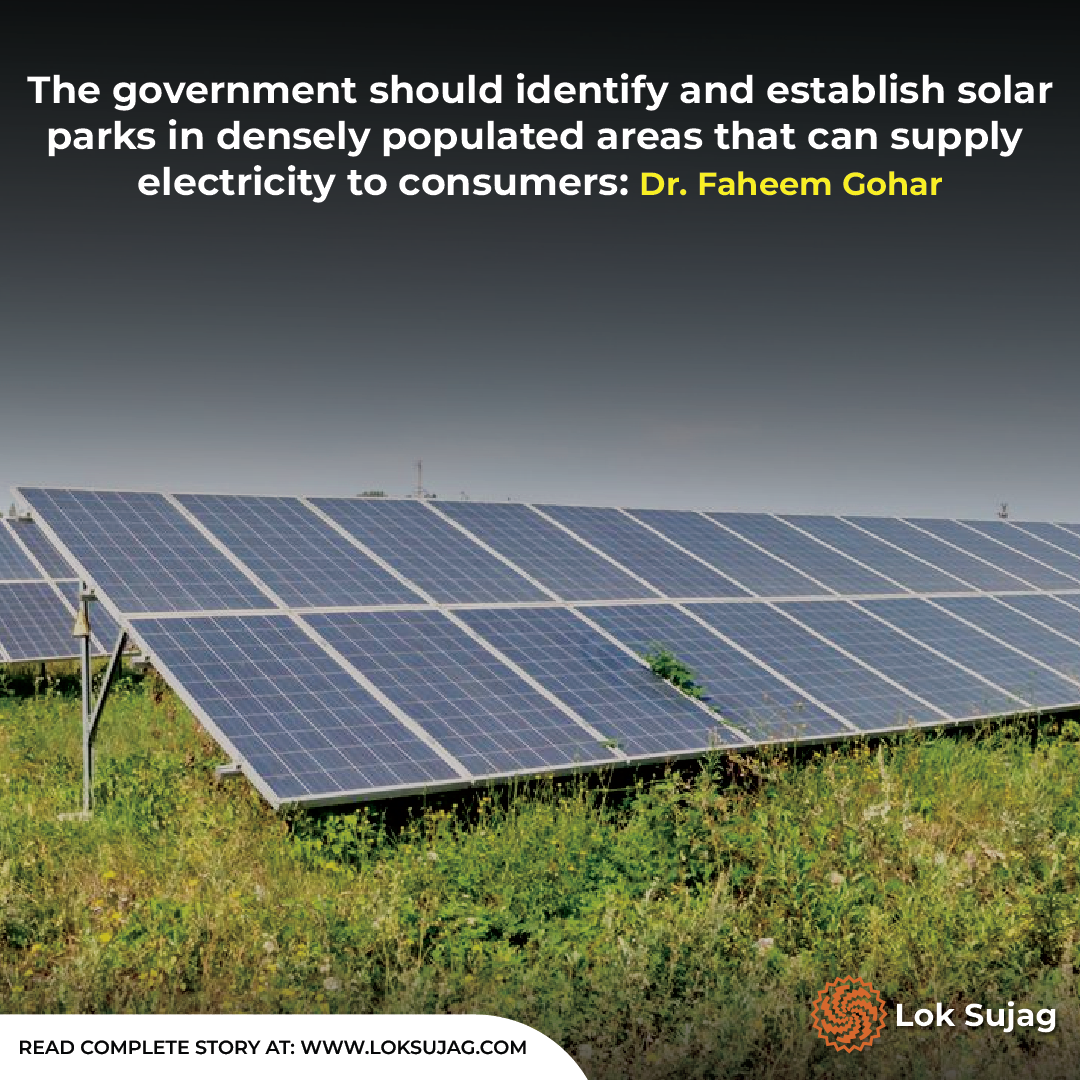
Two months ago, the chief minister announced the distribution of free solar panels to domestic consumers who consume up to 100 units of electricity per month. However, now the government has decided to give solar panels on loan.
The Directorate General Public Relations says Chief Minister Maryam Nawaz has approved the ‘Roshan Gharana’ programme. Under this programme, the provincial government will provide solar systems to millions of consumers using electricity from 50 to 500 units.
“The Punjab government will bear 90pc of the panels cost while consumers will pay the remaining 10pc. The solar panels will be provided against loans on easy instalments of five years and the amount of the installment will be relatively lower in winter. In the first phase, the needy families will get the panels.”
Like Muhammad Imran, Syed Baqir Hussain and Hidayatullah Khan, thousands of people reside in small or rented houses in Walled City and they can’t install panels and all such consumers will miss out on this government scheme.
Also Read
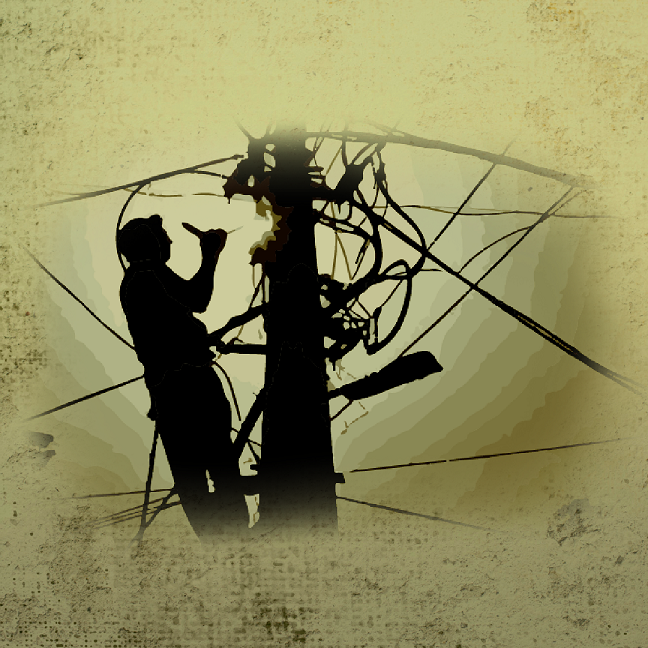
Why are consumers paying for line losses and electricity theft?
Dr Faheem Gohar Awan, an associate professor of electrical engineering at the University of Engineering and Technology, Lahore. He says the people whose house rooftops do not get direct sunlight can also benefit from the solar panels.
“The local people should install solar panels together in a sunlight rich area. More solar panels will result in more electricity.”
He explains that this method is called a solar park, solar farm or photovoltaic power station from which the electricity can be used by the consumers directly or through an electric supply company.
Dr Faheem lauds the government’s decision to provide solar panels to domestic consumers. However, he adds, mostly poor people use 100 to 200 electricity units per month as they do not have room to install solar panels.
He suggested to the government that instead of providing separate panels, it should select the sites for densely populated areas and build solar parks for delivering electricity to consumers.
“We have government land and buildings in every area. The government can build solar farms, not only in densely populated areas but also in villages.”
Published on 13 Jul 2024
